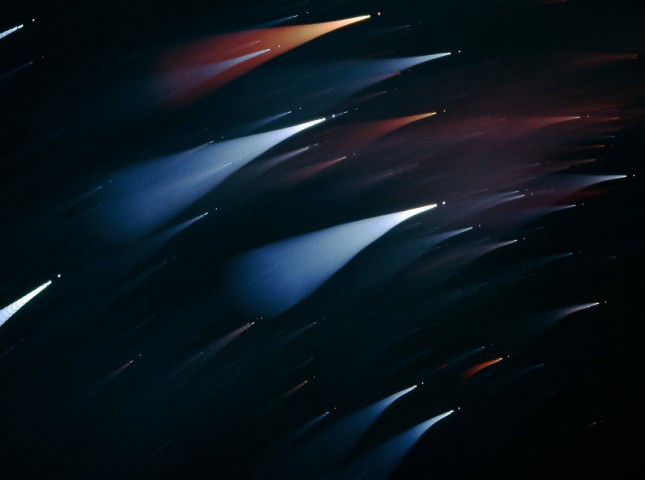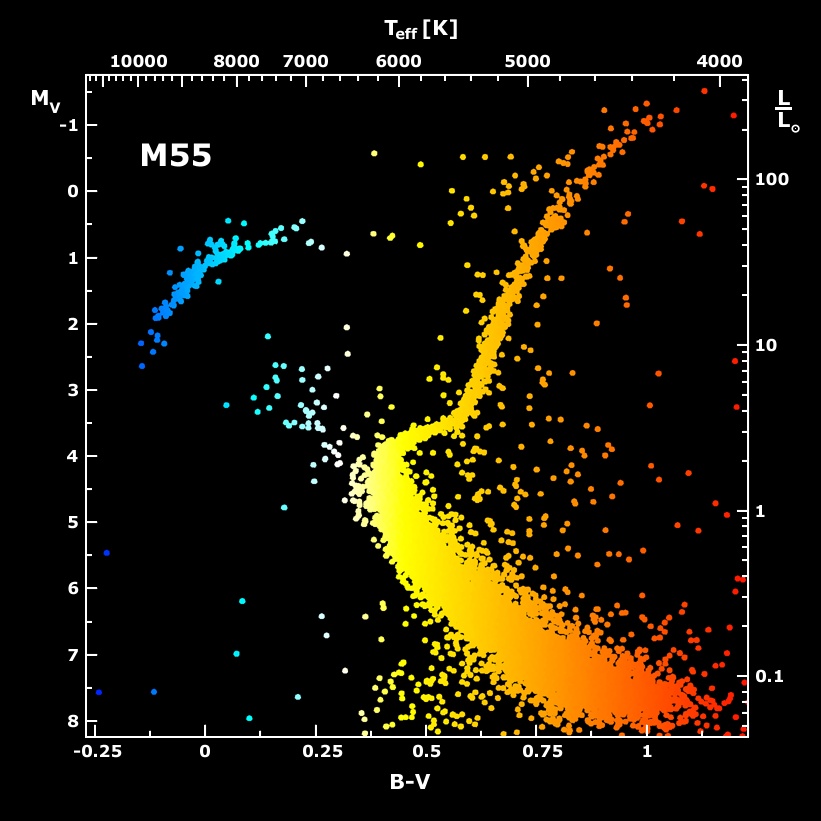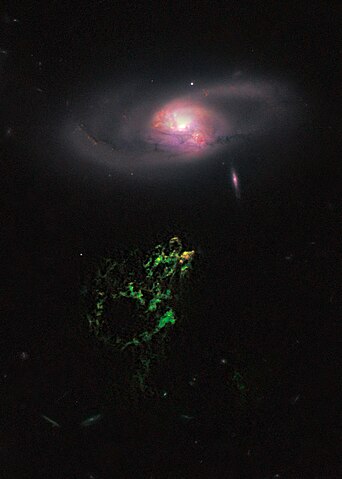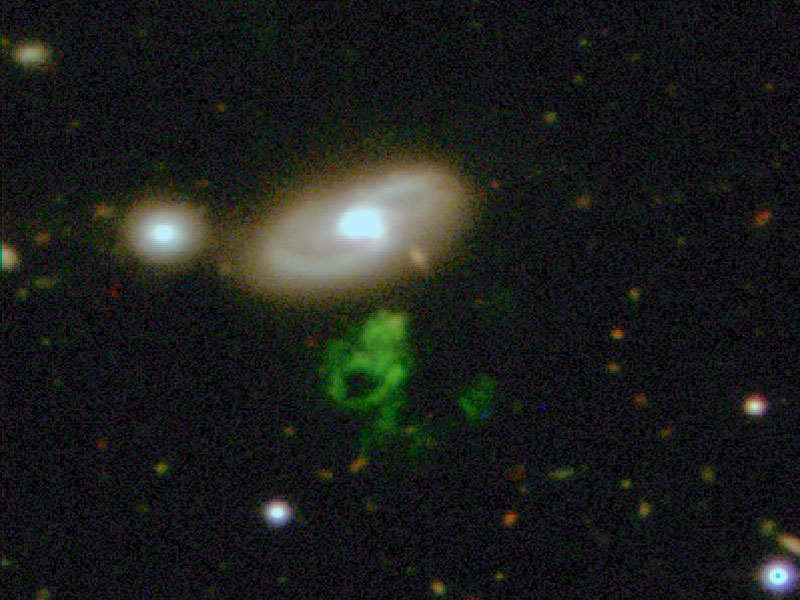The colors of the Omega Centauri picture are exaggerated, but the colors are also very instructive.
M55: Color Magnitude Diagram
B.J. Mochejska, J. Kaluzny (CAMK), 1m Swope Telescope
This is a typical globular cluster color-magnitude diagram. Compare it with the colors and luminosities of the stars of Omega Centauri. Note that the brightest stars are also very red. They are at the tip of the red giant branch. Soon these very red and bright stars will become unstable and start
shedding their outer layers. They will turn into short-lived
planetary nebulas and then into tiny, searingly hot but cooling white dwarfs. Young white dwarfs are not white in color but blue, and you can see a few tiny blue dots that may well be white dwarfs scattered in the rich Omega Centauri field of stars.
The much larger-looking, relatively bright blue stars are blue horizontal branch stars. They are evolved stars that have previously been red giants. They started out as main sequence stars, then they exhausted their core hydrogen and swelled into cool red giants. But as their core temperatures rose, they became hot enough to get their core helium fusion going. If helium-fusing stars are very metal-poor, they will become hot and blue like the blue horizontal branch stars in globular clusters. If they are more metal-rich, they will become yellow-orange helium-fusing giants like, say,
Dubhe in the Big Dipper.
The helium-fusing giants, whether they are blue horizontal branch stars like the ones in globulars or yellow-orange ones like Dubhe in the Big Dipper, will eventually exhaust their core helium, too. When that happens they will swell and become bigger, cooler and brighter than ever before. And then they will become unstable and shed their outer layers and turn into planetary nebulas and white dwarfs.
There are yellow-orange stars in Omega Centauri, too. They are red giants that have exhausted their core hydrogen, but they haven't yet reached the tip of the red giant branch. Therefore they are both yellower and fainter than the biggest, reddest red giants.
Note the large number of white-looking, relatively faint (but not
extremely faint) stars in the cluster. They are Sun-like stars. Also note the huge numbers of extremely faint red stars. They are small red dwarfs.
Ann



